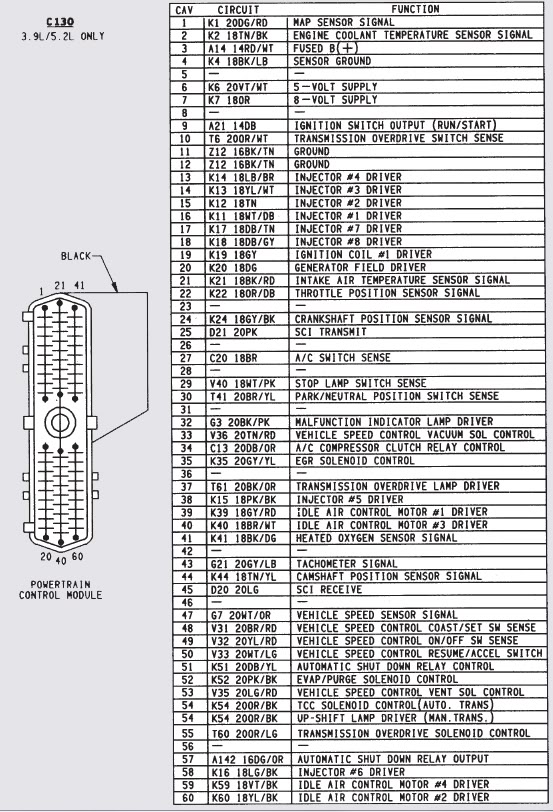Dodge Stratus Owners Manual


2005 Dodge Stratus Owners Manual Pdf
This function is disabled as delivered from the inside door lock is in the unlocked position. The headlights will flash twice to acknowledge the To unlock the trunk: unlock signal. You The panic mode unlocks the driver's door, turns on the will hear a chime to signal that you can proceed with interior lights, flashes the headlights, and sounds the programming the new transmitter. You will hear a chime when a a second time or unlock the door with the key (if transmitter has been successfully programmed. Avoid touching the normal distance, check for these two conditions: new batteries with your fingers. For the first three minutes the horn will sound and the headlights and interior lights will flash. Then the horn will stop and if the source of the trigger is still present, the lights will continue to flash for another 15 minutes.
2006 Dodge Stratus Owners Manual Fuse Panel

If the light comes on but does not flash, the system is still armed, but there is a problem in the trunk circuit. The odometer display will reappear once the trunk is closed or if the trip button is depressed.
STARTING AND OPERATING. “D” Overdrive: This range should be used for most city and highway driving. It provides smoothest up shifts and down shifts and best fuel economy. When frequent transaxle shifting occurs while using the Overdrive range, such as when operating the vehicle under heavy loading conditions (in hilly terrain, traveling into strong head winds, or while towing heavy trailers), use the “3” range. “3” Drive: This range eliminates shifts into Overdrive.
The transaxle will operate normally in first and second while in this range. A delayed shift from second to third will occur at speeds of about 31 to 38 mph (50 to 60 km/h) and low levels of accelerator pedal travel. An early down-shift from third to second will occur at a speed of about 34 to 30 mph (54 to 48 km/h).
This is done to provide second gear engine braking at speeds less than 30 mph (48 km/h). Using the “3” range while operating the vehicle under heavy operating conditions will improve performance, fuel economy, and extend transaxle life by reducing excessive shifting and heat build up. Use the “3” range when descending steep grades to prevent brake system distress. “L” Low: This range should be used for maximum engine braking when descending steep grades. In this range, up shifts will occur only to prevent engine over speed while down shifts occur as early as possible.
BISHKO 11517 BOUND; Owners Manual has Dashboard Controls, Operating Instructions, Fluid Levels, Fuse Diagram, Maintenance Interval Info.